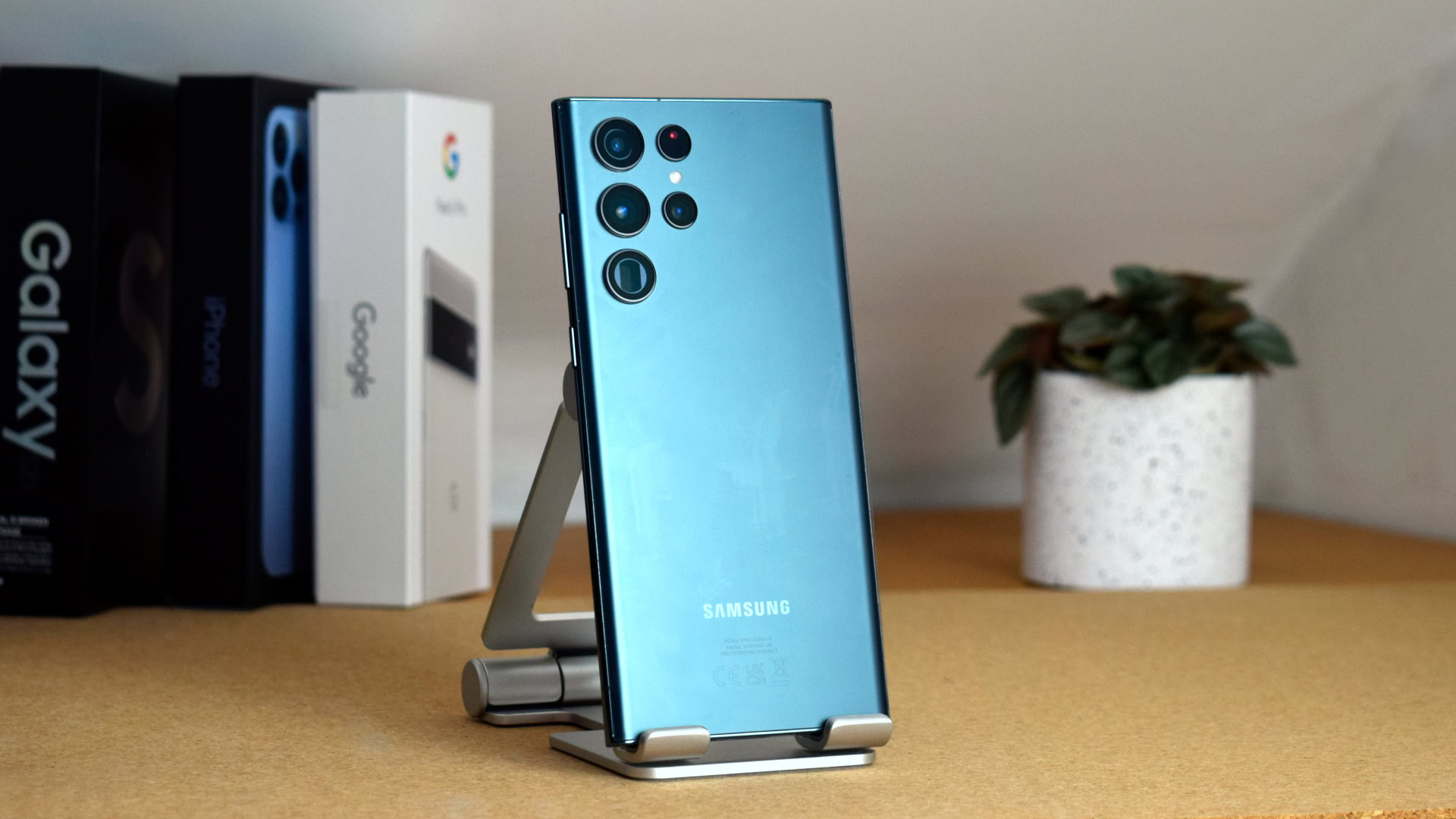
Robert Triggs / Android Authority
TL; DR
- Arm design may be partly to blame for Samsung and Qualcomm’s overheating problems.
- There may be a solution, but it will not be easy to achieve.
Samsung has been in the news for throttling its phones, but the underlying problem is far more prevalent and is likely to get worse.
Samsung admitted to throttling apps, though it said the reason was to prevent phones from overheating. There may be more behind Samsung’s claim than some initially thought, and it may not be entirely the company’s fault. According to reports, the blame may lie with the underlying Arm design on which Samsung and Qualcomm’s flagship processors are based.
Unlike Intel, Arm does not manufacture its own chips. Instead, the company designs processors and licenses these designs to any interested company. Qualcomm and Samsung are two of Arm’s largest customers, with the two companies using Arm’s designs in their respective Snapdragon and Exynos flagship processors.
Interestingly, Apple chips seem unaffected, despite the fact that they are also based on Arm design. Industry experts believe that Apple and Arm are able to better tune the processors for use with iOS. In contrast, Samsung and Qualcomm are burdened with the task of making their chips work with a variety of device manufacturers and versions of Android, making it much harder for these processors to be as well optimized as Apple’s A-Series or M1 .
“iPhones are also based on Arms chip design, but Apple and Arm are tuning the processors for use in iOS,” said BusinessKoreas industry source and adds: “On the other hand, Samsung Electronics and Qualcomm are developing application processors for use in different manufacturers’ different models, and it seems that the processors that use the design without modification are leading to problems.”
Hopefully, Qualcomm and Samsung will figure out an effective way to adjust their design so they can compete with Apple’s energy efficiency. Otherwise, overheated phones and throttle processors may become the new norm.
